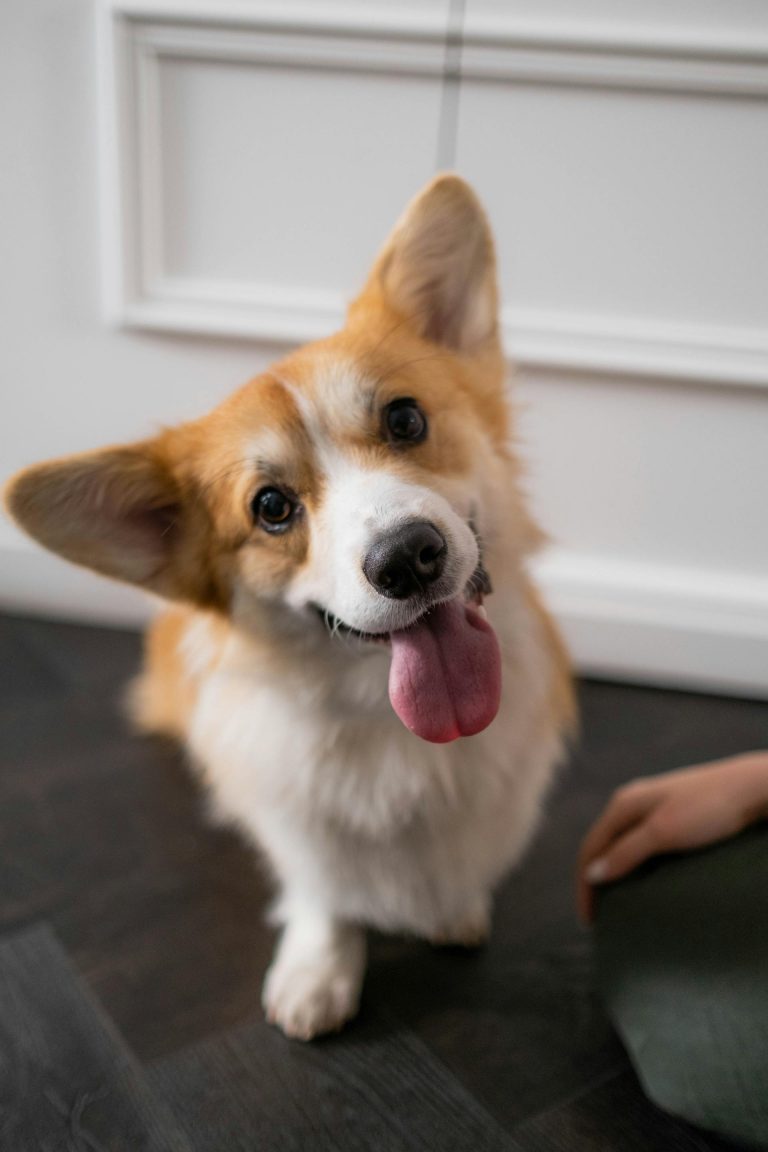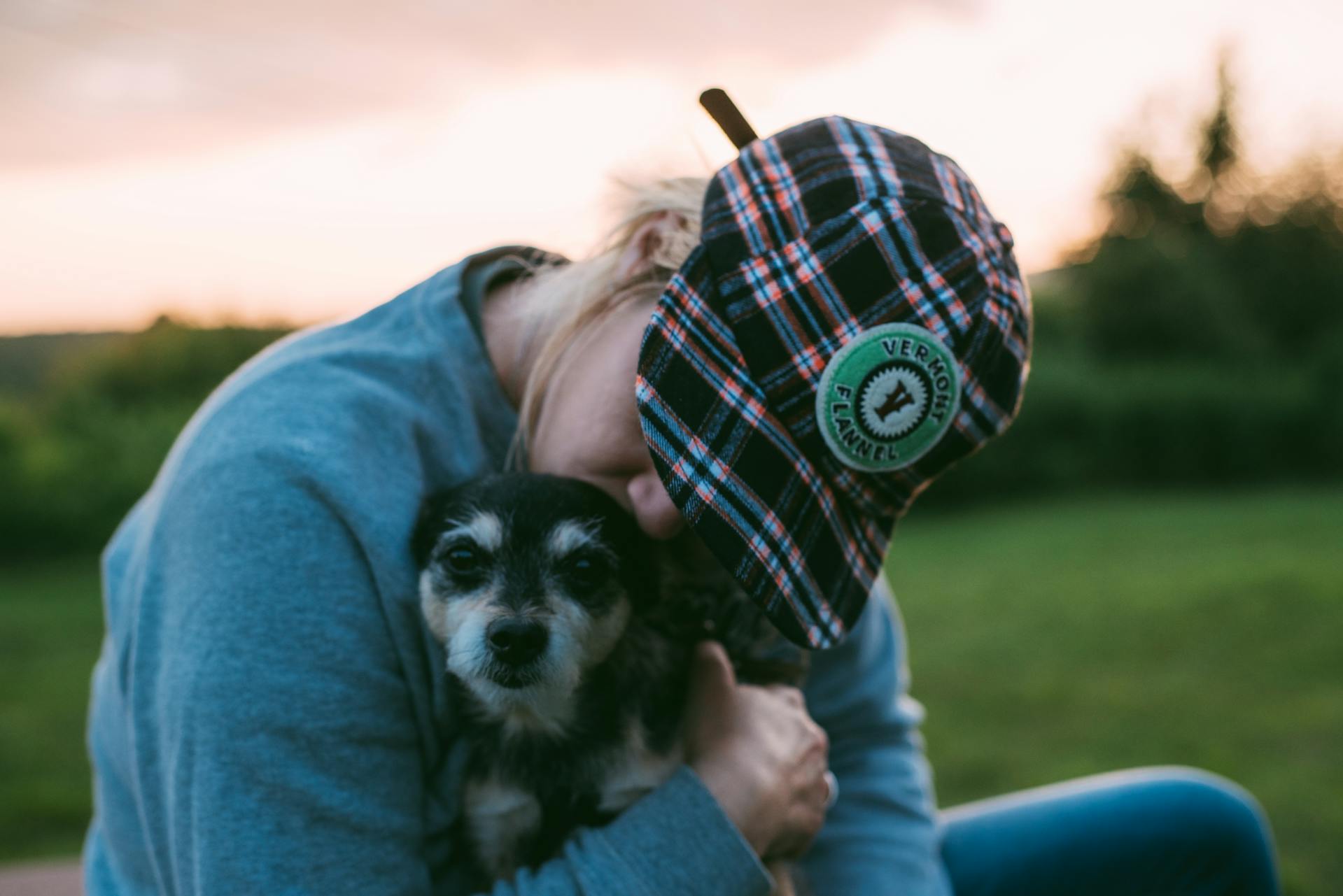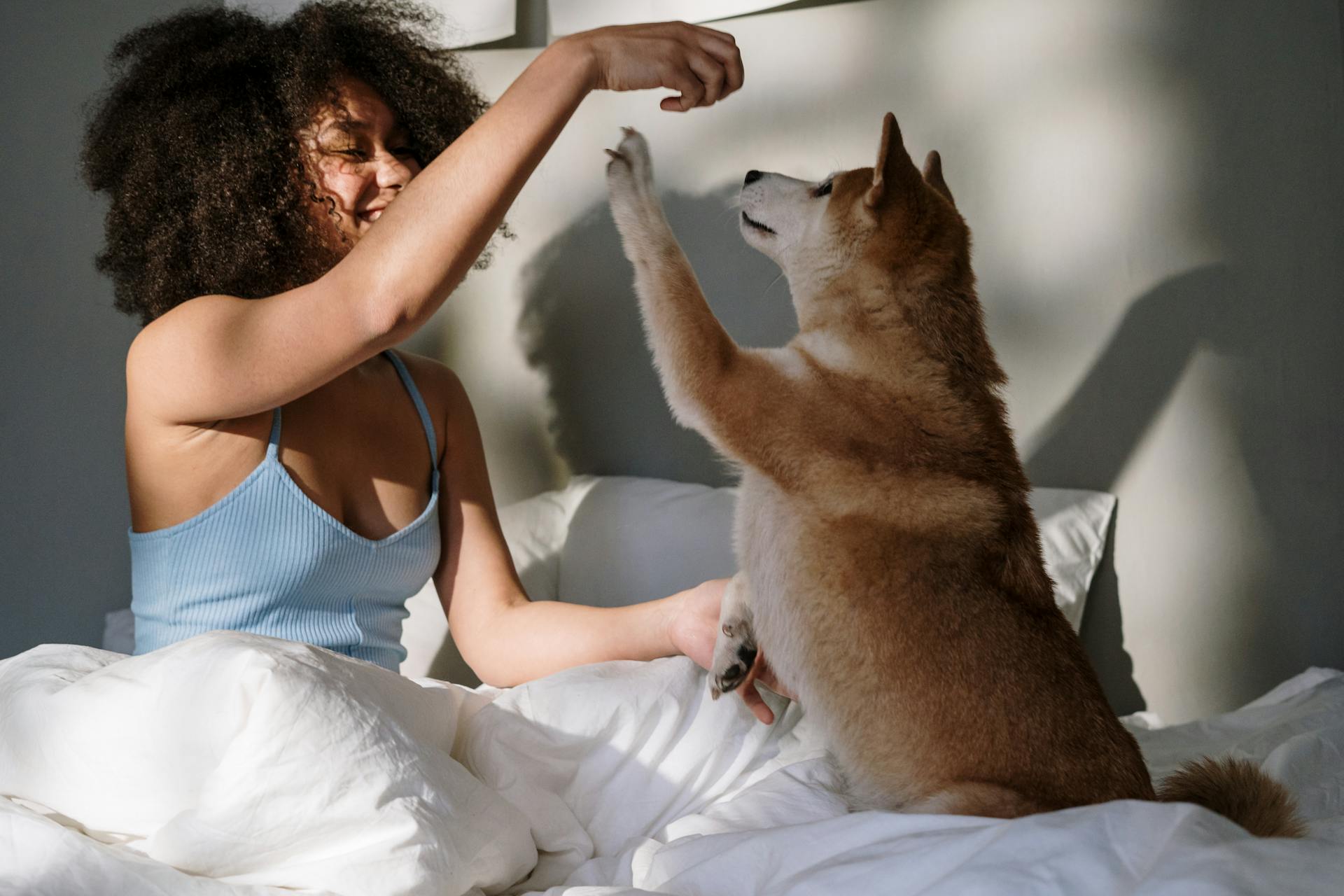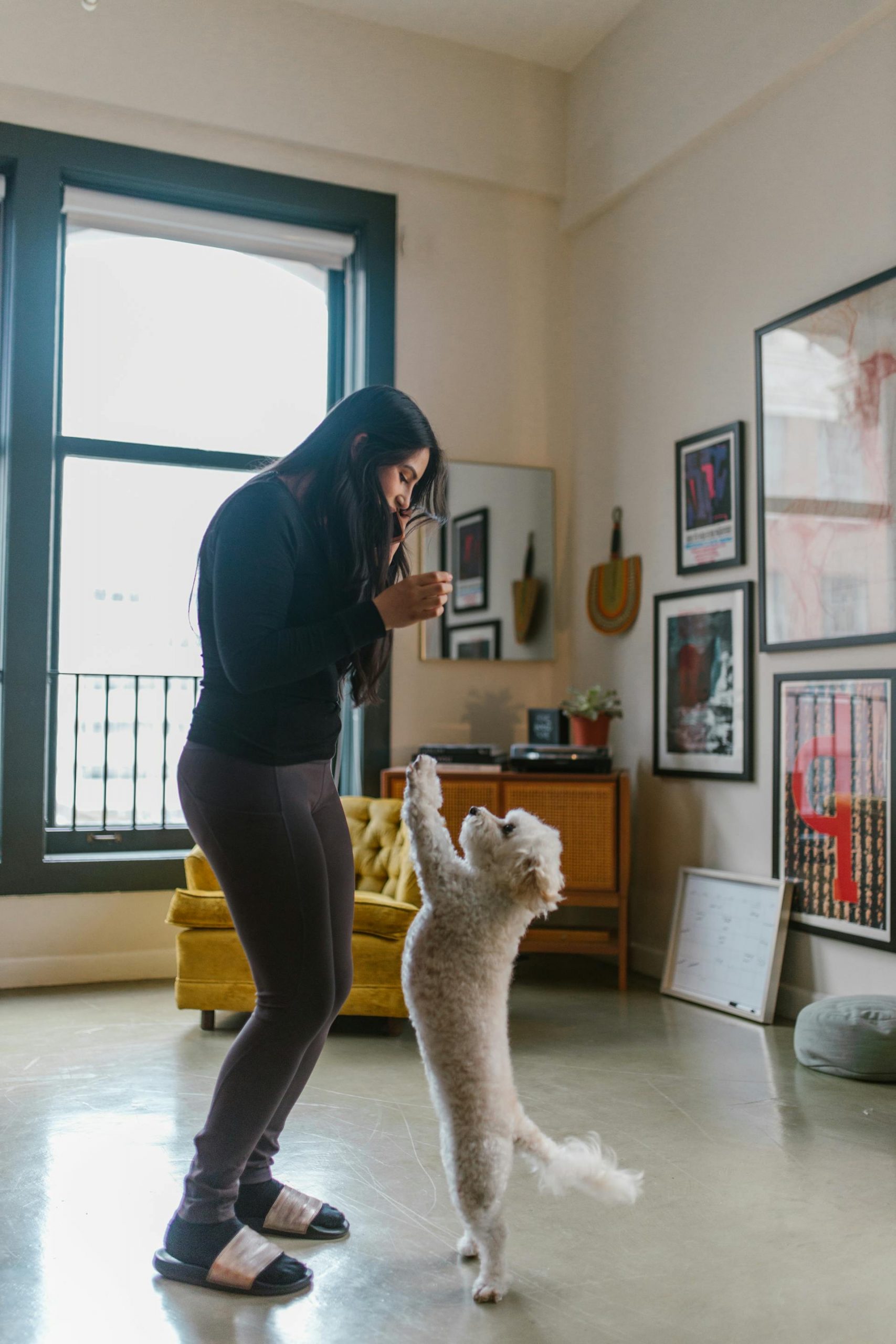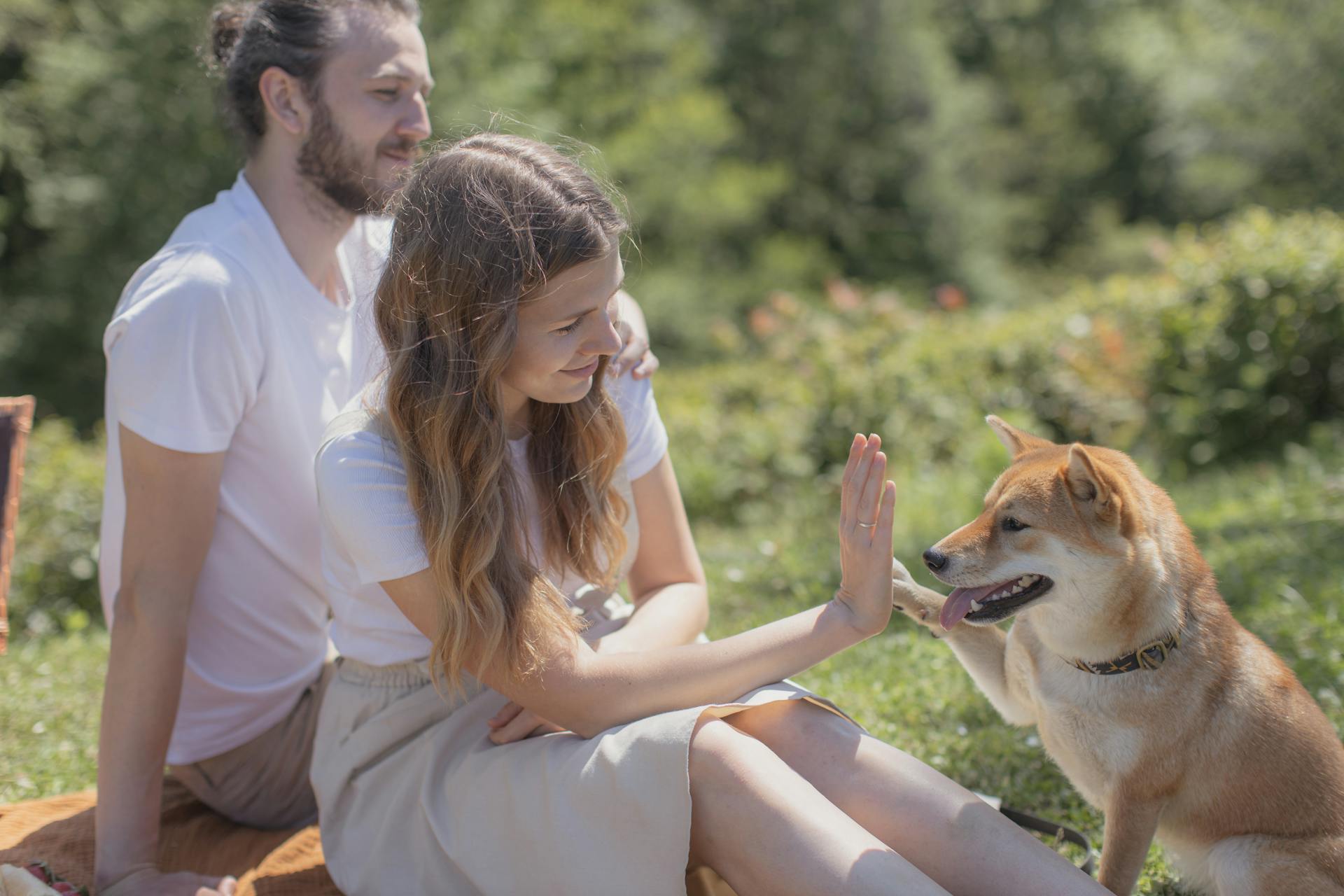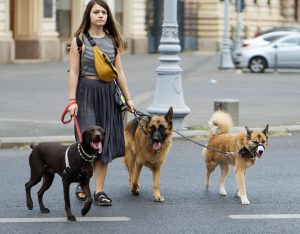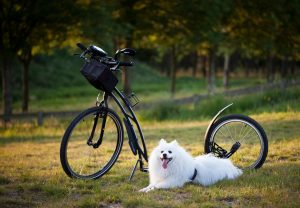Recently I noticed something I thought I knew. Praise is so reinforcing for dogs. Usually, I am the one to praise Milo. But recently, during our walks, my wife began praising him as well. And I cannot explain to you how happy he is. He is way more confident on walks.
Now, Milo is confident already. I’ve worked on building his confidence for years. Yet, one small change, and some “good boy” words from my wife, elevated his confidence 10 times more. I was surprised how a tiny change can make such a large impact.
So, today, I wanted to talk about different ways to praise your dog.
This Might Be a Dumb Question, But How Do You Praise Dogs?
I looked for questions people have about praising. I found this question on Reddit. The OP says he uses treats as motivation. But his thinking is that if he uses only treats, his dog will solely associate that as a reward.
So, I want to go a bit deeper into praise. We need to understand that praise is a secondary reinforcer. Praise has no value in itself, but can get more value when paired with a primary reinforcer. The primary reinforcer can be food, toys, or in the case of my wife, affection.
Many pet parents try to cut rewards from their dog’s training as quickly as possible. I understand the logic. You do not want to bribe your dog. Yet, at the same time, cutting rewards in a 6-month puppy can cause more harm to your training.
Saying “good boy” or “good girl” every time you give a treat will eventually help your dog associate “good boy” as a positive thing. The tone of voice plays a role as well. If you do not believe me, try to tell your dog something in a positive way, and in a negative way. Even “Come here let’s play” in a strict, negative voice doesn’t work. Your dog will not come to play, because he is afraid.
The Three Types of Reward
Now let’s go a bit deeper into the three types of reward you can pair with praising. As I mentioned before, there are three types of rewards.
The trick is finding out which one motivates your dog the most. Not all dogs love the same reward. For example, Milo goes nuts after toys, especially balls. He does love food as well. Affection motivates him but in a different way. For example, my wife praises him during walks, tells him good boy, and pets him. It builds his confidence even more and reinforces his good behavior during walks.
But if you want him to do something different, some trick or anything, give him a treat. Or if you want him to get fixated on something and ignore everything else, get his ball out. That being said, here is how to use each different type of praise.
- Food is the most common primary reinforcer. You can use treats or your dog’s kibble. If you are afraid that your pup might get too many treats, give him kibble. Whenever you use food as motivation, stick to the 90/10 rule. That means 90% of your dog’s calorie intake should come from food, and only 10% from treats. And get the treat out after you lure your dog. Do not show it beforehand. That is bribing. If you’re worried about your dog’s calories, it’s a good idea for you to get some baked dog treats as they tend to be healthier.
- Toys work wonderfully when you want your dog to fixate on something. Different dog breeds love different toys. Retriever breeds love playing with sticks, Frisbees, and balls that they will retrieve. Hunting dogs love flirt poles that play to their instinct to chase. Working dogs and terrier breeds love playing tug and wrestling with you. Try to find your dog’s fav toy
- Affection is something every dog loves. But not all dogs get motivated by it. I can tell you that Pit Bull terriers love affection. They are cuddly and will do anything to get your affection. You can rarely train a new behavior using affection. But you can reinforce so much more with proper affection and love for your pup
Why Do We Praise Dogs
So, why do we praise dogs? What is the point of praise? Let’s talk about the five reasons we praise dogs.
- Praise is rewarding. Dogs crave our approval and affection. When we praise them, it gives them confidence that they are doing the right thing
- Praise contains the information for your dog that you love something he did. That makes it a valuable training tool
- Praise is readily available. You might forget to bring treats. But your mouth is always with you. As long as you can speak, you can praise your dog
- Praising your dog will make your puppy look at you for guidance more often. And that is rewarding to us
- Praise improves your relationship and bond with your puppy. The more you praise your pup, the more you will appreciate the awesomeness of your pooch
The Big Challenge With Praise
We talked about how and why we praise dogs. But I have to mention one big challenge. You have to be careful when using praise as a reward.
It is all about timing, not about training. One mistake I see many pet parents make is praising the wrong behavior.
When you use praise, you have to be as precise with timing as possible. One second later, you might accidentally reinforce a bad behavior.
Going down the street and repeating “good boy” over and over again might do more harm than good. For example, imagine you are saying “good boy” in the moment your dog gets distracted by another dog. You have inadvertently praised your dog for ignoring the walk and paying attention to another dog.
This happens even more with loose leash walking and training. Timing is that much more important. I have to admit, timing in training is the hardest thing to get right. This is where many pet parents fail.
Decide what works better for you, clicker or “yes”. I love saying “good boy” instead of using a clicker. But if you think you can hit your timings better with a clicker, do it.
Final Words
I want you to think about something for a second. Dogs come into our lives without knowing our language. They have to adapt to our way of life. To do that, they have to curb instinctive behaviors. For example, using their teeth and voice. Dogs do not know what proper behavior we ask of them.
It is our job to teach them. Yet, we often correct our dogs when they make mistakes. But we rarely acknowledge their good behavior.
Here is a simple example. Have you praised your dog for sitting in his bed? I am sure 99% of you have not. But you are quick to correct him when he starts barking at the door or window.
Stop giving attention to your pup only when he does a bad thing. Praise good behavior as well!

